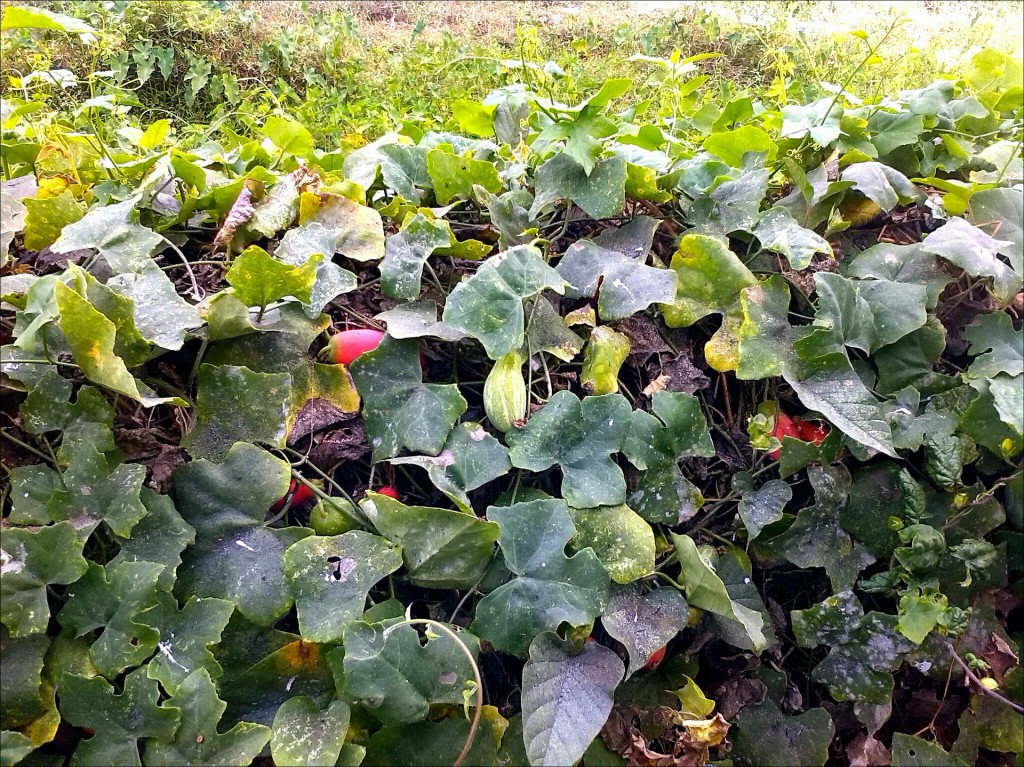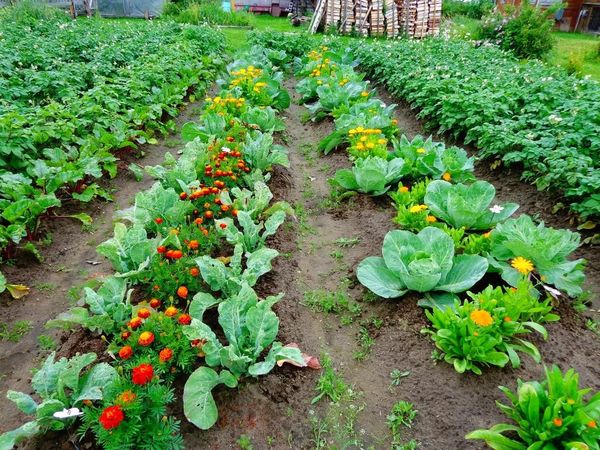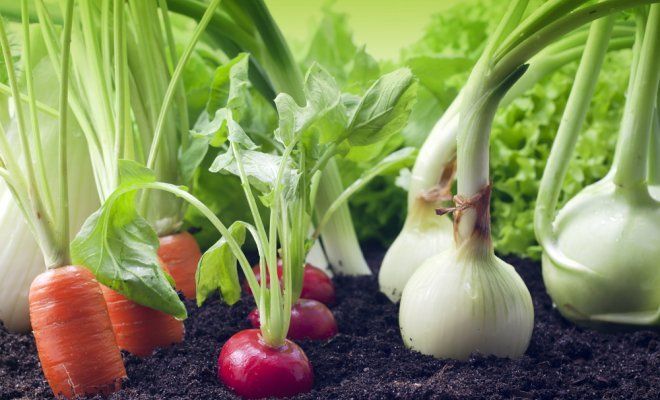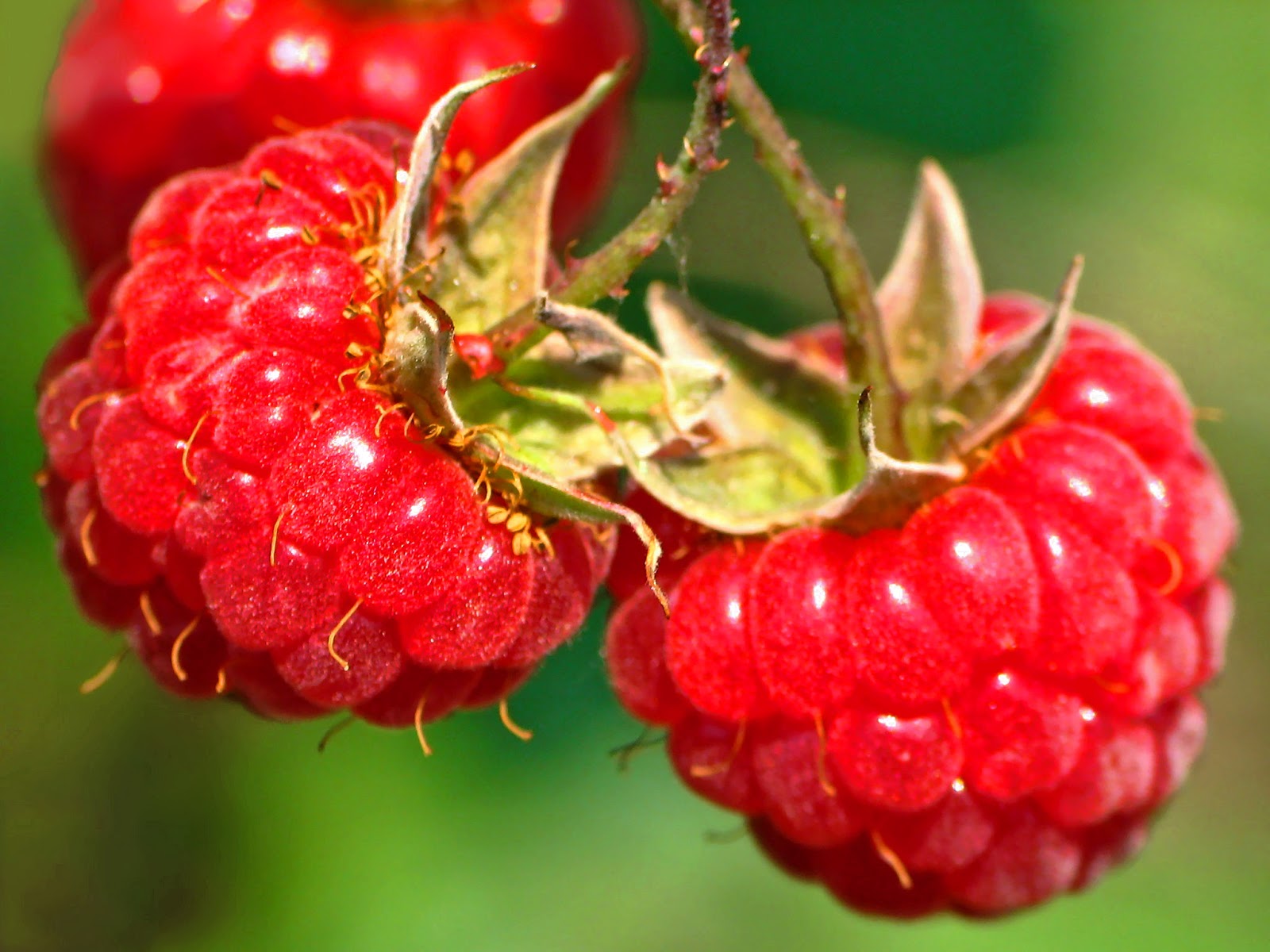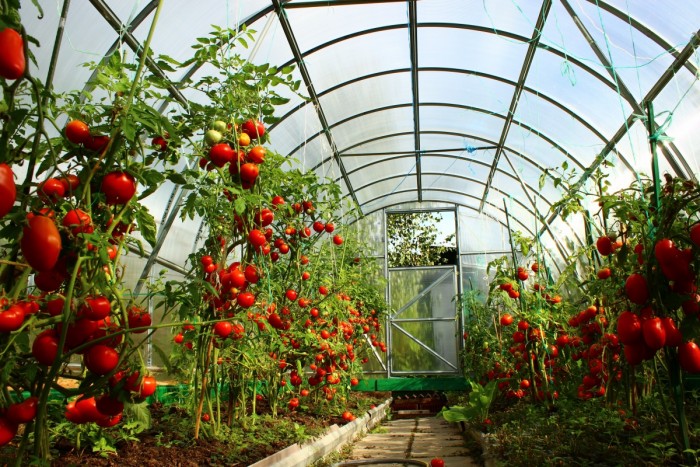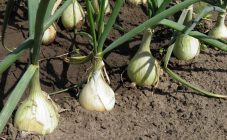Content:
The area in the summer cottages allocated for the garden is usually limited. Therefore, amateur vegetable growers use every opportunity to get the maximum yield from a small number of beds. Cultivating different crops together is one of them. It is worth figuring out what can be planted next to cucumbers and how to care for joint plantings.
Cucumbers are planted in open ground beds, in film shelters, polycarbonate greenhouses, in containers (barrels, buckets, bags) and even in apartments on the windowsill. Depending on the place of cultivation, the most suitable varieties are selected. Each variety has its own agrotechnical characteristics, but in order to obtain a bountiful harvest, the basic requirements for caring for a cucumber must be met.
Features of growing cucumbers
This crop requires fertile, light, warm soils with high nutrient content. In the fall, when preparing the garden bed, it is useful to add rotted manure at the rate of 6 kg per 1 m2. When manure decomposes, it releases heat and provides the plants with basic nutrients, while the carbon dioxide released during decomposition is absorbed by the leaves.
Cucumber is a moisture-loving plant, it does not tolerate drying out of the soil. Watering is carried out in the morning with warm, settled water. At least 2 liters are poured under each plant. The vegetable is picky about soil aeration. A lack of oxygen with an excess of water leads to the death of roots, the development of diseases and the appearance of pests, for example, a spider mite. Therefore, the earth is kept in a loose, moderately moist state. It is useful to mulch with cut grass. Mulch retains moisture in the soil and, when decomposed, provides the plant with nutrition.
The culture is sensitive to thermal conditions and does not like sudden changes in temperature. At temperatures below 10 ° C, plants stop growing and turn yellow, cooling to 5 ° C leads to the death of leaves and damage to plants with powdery mildew. In extreme heat, the pollen dries up, pollination does not occur, the ovaries fall off. The optimum temperature for full development is not higher than 28 ° C during the day and not lower than 18 ° C at night.
Experts recommend placing plants vertically, tying them to a trellis, which contributes to better illumination, ease of maintenance and protection from diseases and pests. As a support, gardeners plant tall plants (vegetable beans, sunflowers, corn), which create a favorable microclimate in crops.
Why "good neighbors" are useful and why "bad" ones are undesirable
For joint cultivation, plants are selected that master the area at different times or occupy different tiers in height. A positive effect from combined plantings can be achieved when these vegetables are adjacent to crops that:
- do not suppress, but contribute to their development,
- have similar requirements for the degree of moisture, soil composition, lighting and feeding,
- scare off pests of neighboring plants.
However, not all outdoor cucumber neighbors have a positive effect on their growth.It is not recommended to plant other crops of the pumpkin family in the immediate vicinity. Having common pests and a predisposition to similar diseases, if one plant is infected, the entire crop of vegetables of this family will die.
Crops that release substances that slow down or hinder the development of cucumbers should not be placed as neighbors.
What to plant cucumbers with in the same garden
What can and cannot be planted next to cucumbers? How are vegetable crops combined or not?
Experienced vegetable growers advise planting corn, sunflower, and rye as wings. They are able to reliably protect cucumbers from wind and scorching sun rays. For this purpose, peas and beans placed on supports are also used.
A good harvest of cucumbers, beets and carrots can be grown by placing these plants next door.
Greens are successfully combined with white cabbage, cauliflower and broccoli.
Onions and garlic will be useful neighbors. The smell of these vegetables repels harmful insects.
Eggplants and peppers also coexist peacefully with greens.
Radish is a neutral plant in relation to cucumber. Due to the different planting and ripening times, these vegetables practically do not "meet" each other, and radish should be used as a predecessor.
Lettuce mustard, Chinese cabbage, dill can also precede planting.
Pumpkin and zucchini, which, like a cucumber, belong to the same family, should not be planted nearby.
The most unfortunate neighborhood is with potatoes. These cultures are mutually oppressive. It is better to place them away from each other.
Mustard is sown as green manure. It enriches the soil with nitrogen and phosphorus, reduces the number of wireworms and slugs, loosens heavy soils, and is a honey plant. These qualities of mustard have a beneficial effect on the growth of the cucumber.
Lettuce and spinach stimulate root growth and prevent soil overheating. However, they consume a lot of moisture and minerals that cucumbers need; these cultures should not be placed next to them.
Fennel is not planted next to cucumbers. It has a powerful root system capable of drawing moisture and nutrients from the soil over a vast area.
Of all the vegetables cultivated in personal plots, some are especially "friendly" with cucumbers, their crops can be interspersed, not only effectively using the area, but also creating beautiful compositions. What can you plant cucumbers with in the same garden?
The best "neighbors" for cucumbers are corn and legumes. Corn, in addition to protection from natural factors, serves as a support for cucumber lashes. Twisting around corn stalks, the lashes grow vertically, receiving plenty of sunlight and avoiding the risk of contracting fungal diseases. Corn, having a deep root system (1.5 m), does not take away food from cucumbers, whose roots are located close to the surface.
Good results are obtained by the joint cultivation of cucumber with cabbage, eggplant, garlic, onions, beets, dill, Chinese cabbage.Cabbage and eggplant combine with cucumber for watering and nutrient requirements. Garlic and onion, releasing phytoncides, drive away pests. The shade from the dill umbrellas saves the cucumber planting from overheating. Beets successfully coexist with cucumbers, but due to different nutritional requirements, it is better to place them around the perimeter of the garden.
Flowering plants - marigolds, calendula, nasturtium - have a positive effect on the development of cucumber. Marigolds lure lacewings. The insects themselves are "vegetarians", but their larvae destroy aphids. Calendula attracts pollinating insects. Nasturtium scares off the whitefly, which sucks juice from cucumber leaves.
Taking into account the compatibility of different cultures and knowing what to plant next to cucumbers, you can have various fresh vegetables from your garden on the table throughout the season. In order not to miss a single detail and avoid mistakes, it is recommended to draw up a plan for combined plantings for the next year in the fall. It must take into account what crops will be grown, the timing of their planting, ripening, where and how to place them, what fertilizers need to be applied.
Competent selection of plants for mixed plantings with cucumbers will avoid one-sided depletion of the land; plants - neighbors will attract beneficial insects, suppress each other's diseases, close the garden as much as possible and prevent weeds from growing. And most importantly, a variety of vegetables will be harvested from one small area.
